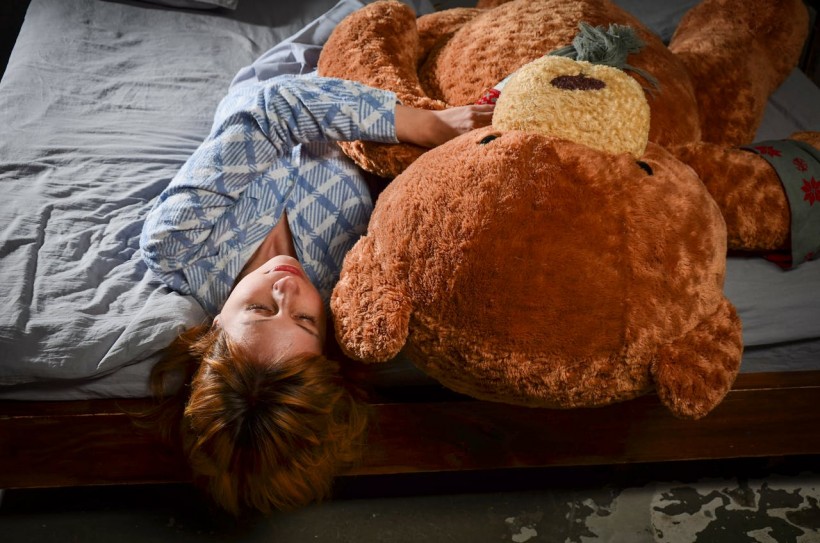Researchers have been looking into the emotions that people link to teddy bears and keep for all their life. The psychology and science behind cuddling teddy bears could potentially aid with the treatment of anxiety, reduction of fear, and addressing of trauma.
How Teddy Bears Help Children
For young kids, teddy bears become a source of assurance as they become more independent from parents. Getting in touch with a teddy bear has also allowed kids who feel excluded become more prosocial with their interaction with other children.
In the 1950s, psychologists turned to teddy bears to examine how children made use of these toys for coping when they felt scared or insecure. In the past few years, psychologists have also been using these bear stuffed toys to help fearful or traumatized children respond to situations that can be upsetting.
In one study in Israel, children of preschool age acted like they were parents of teddy bears and admitted these bears to a hospital for teddy bears. These children witnessed their bears go through medical testing and injections. It was then found that these children exhibited less anxiety in hospital settings compared to the control group.
There is also another similar German study, wherein children went to a teddy bear hospital and exhibited higher health knowledge compared to the control group.
Empirical studies have also observed that teddy bears are great when it comes to offering comfort, reducing fear, and boosting knowledge. Researchers have also discovered why these teddy bears yield such soothing effects.
ALSO READ: Routine: Less Is Often More When It Comes To Children's Development
Why Are Teddy Bears Comforting?
As part of a 2022 study, researchers from France wanted to learn more about the sensory and physical characteristics that make teddy bears worth the cuddles.
The team gathered 395 participants from 13 cities in France. Among the participants, 60% were female. The average age of participants was 18 years, while the median age was 12. There were also a number of participants (75%) that were under 27 years of age.
Eight stuffed bears were also recruited in the study. These included a baby-blue bear with long legs, a panda, and a chocolate brown bear. These eight stuffed bears were referred to as the "standard bears." They were also mailed from one test location to another.
Participants were also invited to bring teddy bears of their own, with 48% of participants bringing their best ones. "Loaner bears" were given to participants who did not bring a teddy bear or who brought one that did not meet the criteria of the study. As the study only accepted bears, stuffed puppies, pigs, and monsters were not allowed to join.
The participants were given a list of tasks that involved spending time with standard bears. These included filling up a questionnaire about the standard bear, noting measurements, and taking photos of the bear in a makeshift studio. Toward the end of the session, another standard bear, called the "stranger bear" was introduced.
The participants were then asked which bear they would cuddle if they felt scared or sad. They could choose from the stranger, standard, or their own (or loaner) bear.
It was observed that participants overwhelmingly chose their own bears over stranger or standard bears. The answers showed that participants had a strong emotional attachment with the bears that they brought. This made them see their own bears as a comforting source.
Findings also revealed that bigger bears were rates as more comforting. The type of fur also mattered, as softer bears were thought to be more comforting compared to bears with coarse fur.
The study authors concluded that the strongest factor that determined whether a bear was perceived as comforting was the emotional bond. However, other factors, such as softness and size, also played a role.
RELATED ARTICLE: Why Kids Have Anxiety and How Adults Could Support Them
Check out more news and information on Psychology in Science Times.




![Earth's Quasi-Moon Kamo‘oalewa Could Originate From Lunar Surface Not Asteroid Belt [Study]](https://1721181113.rsc.cdn77.org/data/thumbs/full/53275/89/56/50/40/earths-quasi-moon-kamo-oalewa-could-originate-from-lunar-surface-not-asteroid-belt-study.png)










